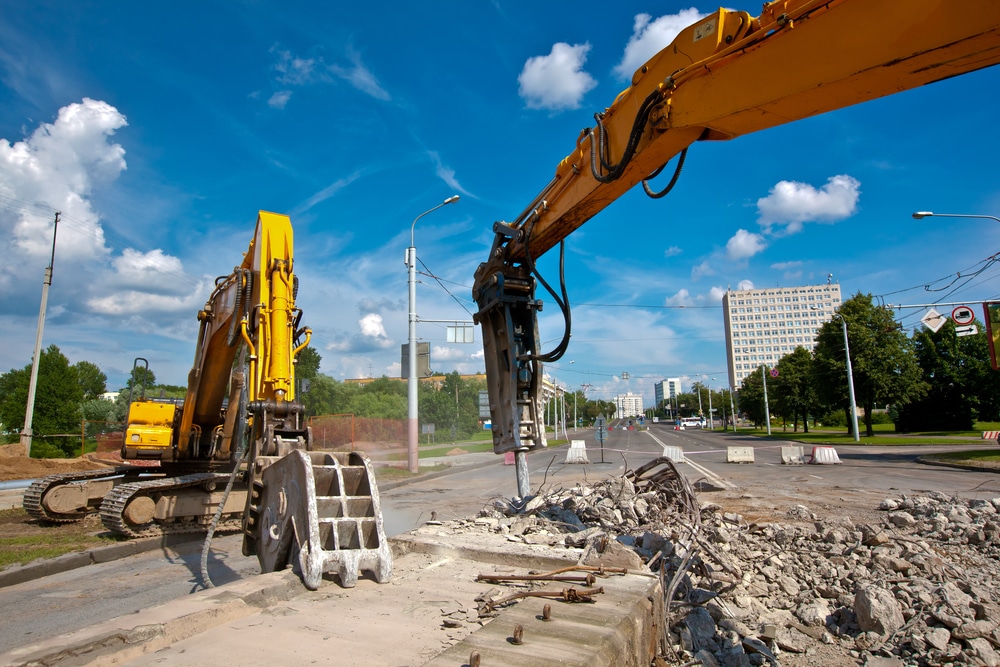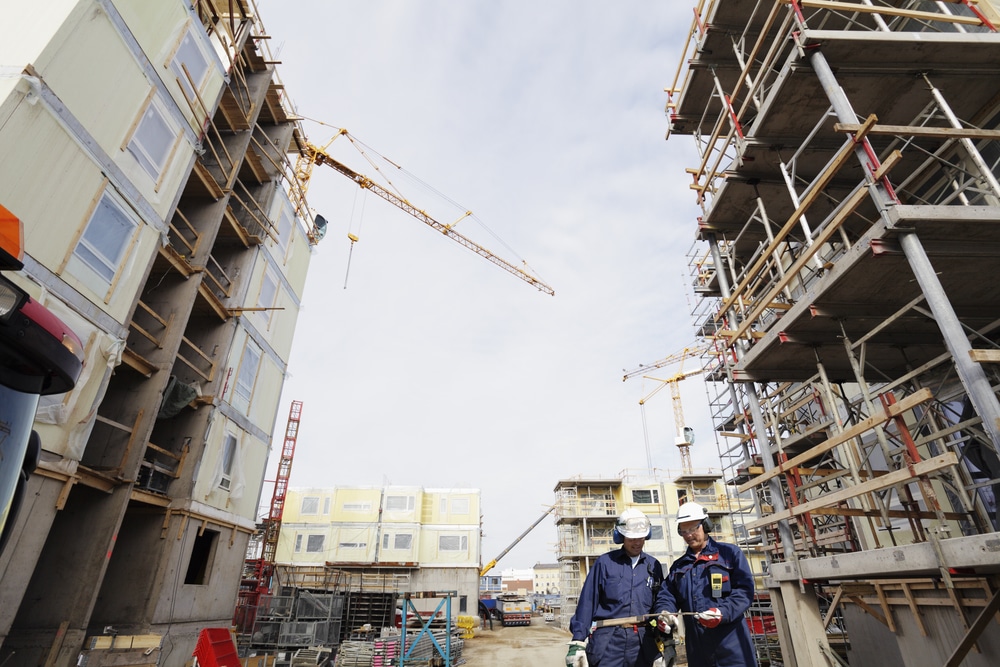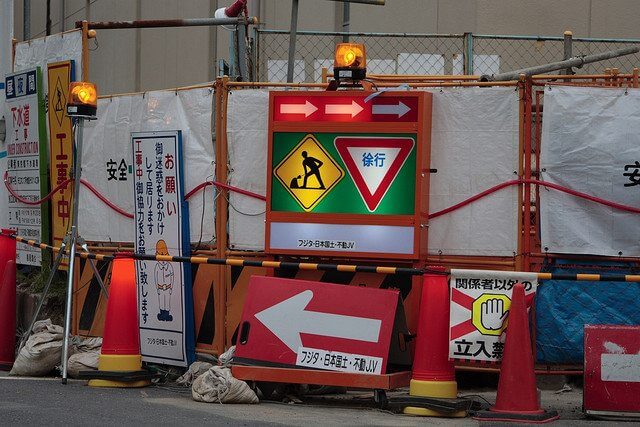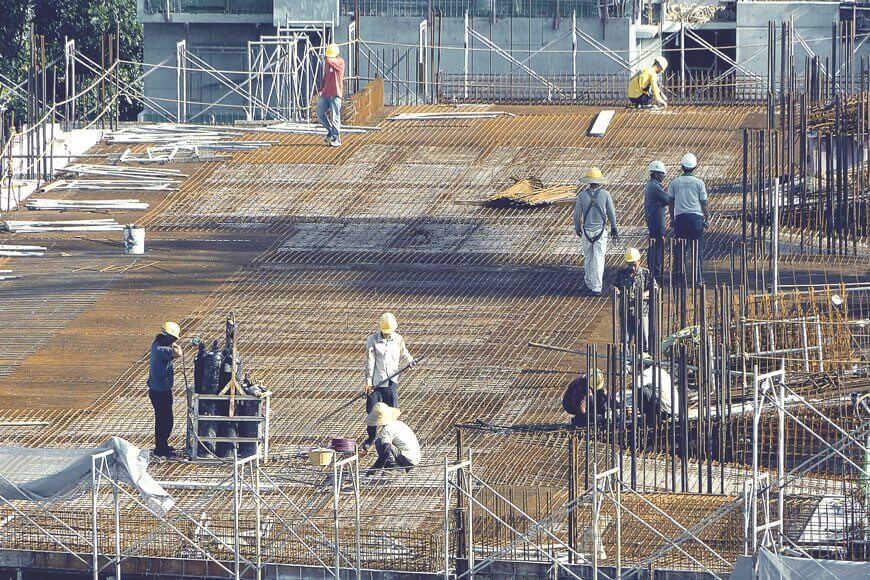Mobile technology has moved on at a breath-taking pace in the course of the last few years. Smartphones, tablets and PC’s have become the norm! The only problem these days is keeping up with what they have to offer and taking full advantage of it all.
It comes as no surprise, then, that mobile technology is everywhere you look these days. And it’s no different on construction sites. It could be workers clocking in with a mobile time card, a foreman compiling a report using his smartphone, or a project manager keeping a check that a scheme is on time and budget using a tablet.
Across every aspect of a construction project, there are now mobile applications to help. Be it pre-construction or scheduling, to project management, field reporting, and back-office jobs. All of these things can run more smoothly and efficiently, helped by mobile technology.
It was not always like this, of course. Prior to this, most oversights was done using paper. But now we all effectively have very powerful computers in our pockets, the potential is limitless. Arguably the start of this revolution was the launch of Apple’s iPhone in 2007.
Nevertheless, there is still a lot of confusion around the issue of digital adoption. Therefore, one of the main questions that trouble the industry is whether they are really making the most of mobile technology.
Most construction firms recognise how important it is to embed mobile technology into their business to improve productivity, but many are not there yet in terms of fulfilling that potential.
That can be for a number of reasons such as the fragmentation of the supply chain, the lack of trust in contractual relations and the extreme effort it takes to break the power of habit in terms of the working routine that the various teams follow.
As a result, despite the fact that smartphones, tablets and other mobile tech can all vastly assist in helping a project run smoothly there is still a lot of opportunities going to waste due to poor understanding with regard to the impact that digital solutions could have on the construction process.
Construction in numbers and the room for investment
It is no secret that the construction industry is currently battling against a number of problems. Poor on-field productivity, low margins, serious skills shortage and absence of trust across the supply chain are some of the main pain points for the entire sector.
This problematic situation is also depicted on the stats that accompany the construction industry. As reported by McKinsey and Company, the total percentage of labour productivity growth in global construction hasn’t exceeded 1% on average during the last two decades. This number is very alarming if we consider that the average world economic growth is estimated at 2.8%. The same number for the manufacturing sector is 3.6%.

And we should not overlook that construction is a $10 trillion industry the value of which is expected to exceed $15 trillion within the next twenty years or so. It becomes easily evident that mobile technology could play a drastic role in improving the way we work and build in construction while standardising our systems and processes.
In that sense, construction is a field of tremendous opportunity for investors. This can also be mirrored on the industry’s investing activity during the last years. According to McKinsey, just in the period 2011-17 construction technology companies have invested in the sector around $10 billion.
On top of that, from 2013 to 2018 the ConTech sector has collected a cumulative investment of $18 billion mainly through mergers and acquisitions. Without a doubt, these numbers are the loudest proof that mobile technology can bring value to the industry as long as it is used right.
The main benefits of mobile technology for construction
In a nutshell, here are some of the biggest benefits of implementing mobile technology in the construction industry:
Better record keeping
Firstly, and it is key, mobile technology should mean better record keeping on a project. Using mobile technology means data collection can be done in real time, transmitting information between the site and a project manager. Having cloud-based options means staff on site can file timecards, daily reports, information requests, work records and anything else important all through a mobile phone or a tablet.
Locking pen and paper out of construction
The beauty of this is that instead of somebody having to compile all this information it is instantly logged and filed using mobile technology. Eliminating paper from the equation means the chances of miscommunication, errors, and documents being lost are greatly reduced. A vast amount of time and manpower through data entry can be saved by using systems like this.
Read more: Real-time information in the construction field – Why it matters!
Whereas previously a project manager will have had to wait for all this information to be gathered and perhaps having to check that it’s done properly, now they are immediately able to see the information they need to keep the project on time and budget. All this information can also be registered with date and timestamps, alongside GPS location data to make sure the data is authentic.
Bridging the gap between the field and the boardroom

Mobile technology effectively links the building site with the office. As soon as information is entered via a phone or tablet it will reach the office – which means that everyone is working with the same data.
A worker on site can easily take a quick photo with their smartphone, build up a report, and send it off to be reviewed while they get on with another task. This not only speeds up the process but also again cuts the chances of mistakes being made.
The technology means a reduction in the number of trips that have been made to specific areas of the job site as, in theory, everything should be being logged. Of course, that does not go to say that a good old-fashioned traipse around a site and a quick catch-up with the workforce should be completely forgotten.
Efficiency combined with health and safety
However, mobile technology is not purely about apps and software on a tablet or smartphone. Data captured from drones, heavy machinery, smart hard hats are all able to use mobile tech to boost productivity and safety and improve a project’s efficiency.
Of course, digital solutions can also help with health and safety. For instance, OSHA heat safety tool app monitors the risk level faced by workers over heat-related illnesses. The Occupational Health and Safety Administration’s tool reminds site workers to drink enough fluids, schedule rest breaks, plan for and inform them over what to do with a potential emergency and train them on how to spot heat-related illnesses and symptoms.
A few words on our mobile technology journey in construction
GenieBelt merged recently with APROPLAN, creating LetsBuild in order to deliver an end-to-end digital platform for the construction phase.
![]()
By combining the strengths of the two tools, project teams and workers can benefit from having critical information available at their fingertips and being able to view tasks and coordinate easily, in real time.
This allows those working on a project to instantly report progress, changes, and problems from their smartphone. It means that instant information is shareable for everyone on site. Moreover, users on the site can easily upload photos so problems can be understood straightaway.
At the same time, office-based managers maintain full insight into progress and processes on the site, whilst creating a data foundation that enables them to make accurate decisions based on current information. Like that, tasks can be easily created and assigned and all be stored in one place, so you can forget about Google Sheets and Excel.
As Kenn Møldrup Sterndorff, a construction manager at IDEALHUSE, Denmark, says: “I save time – simple as that. GenieBelt is a good example of how technology can improve efficiency in an industry that has not embraced much technology.”
Our mission is to help the construction faster work faster and more efficiently. If you want to learn more about how we could help you streamline your systems and processes, feel free to contact us and get a free demo from our team.
Wrapping it up!
As you can see there are many ways for you to be using technology to make jobs simpler and more efficient. The struggle is working out exactly which digital solution will work for you if you’re not already using it.
The best way to start is by working out how your workforce already uses technology. Are mobile phones most common for them? Or tablets? Which particular apps are they already using and how are they using them?
This research is key in deciding whether to spend money on a new system. Obviously, there is no point investing in a system that is not going to be widely adopted. But as you can see, if you get the right tech in place it can have a hugely positive impact on your projects.
About the author: Gari Nickson is an expert in the application of artificial intelligence in construction. He’s an entrepreneur, co-founder of GenieBelt (soon to be LetsBuild) and adviser to Specialist Contractor System.





